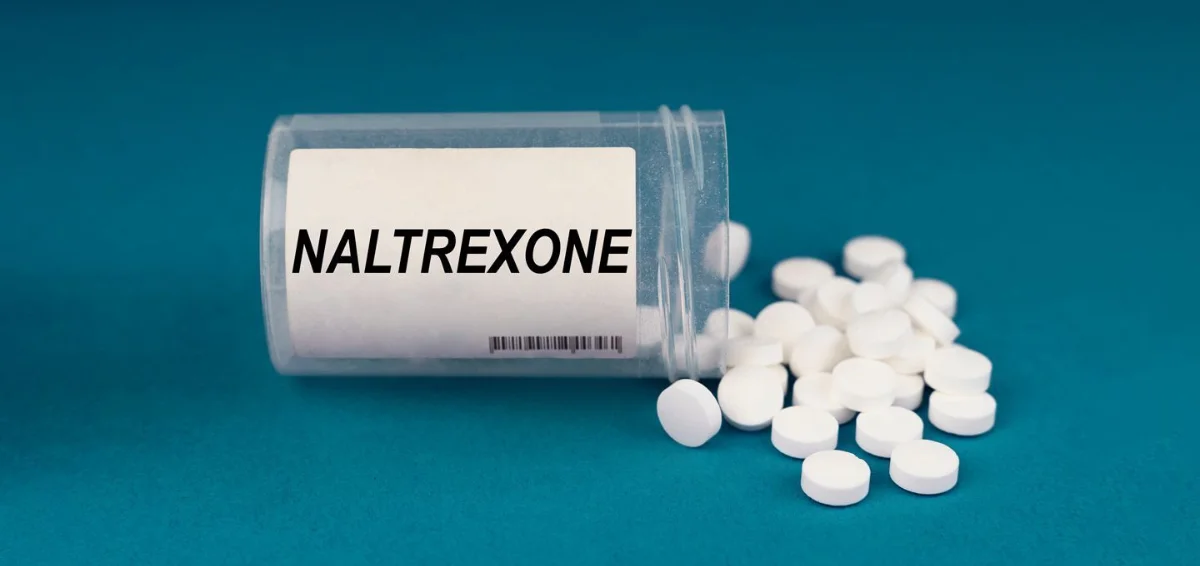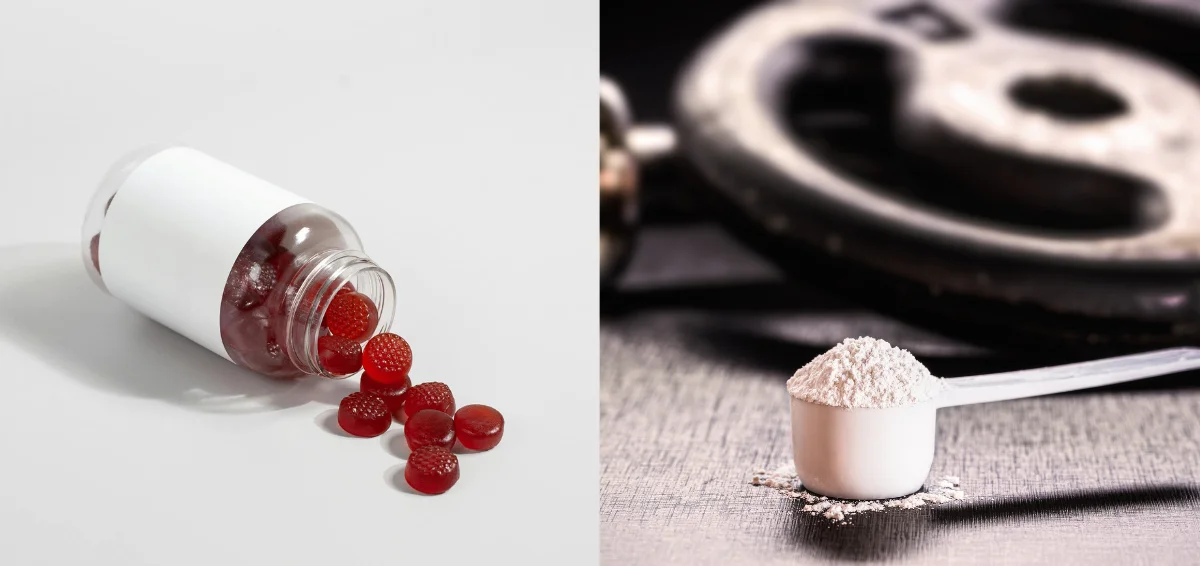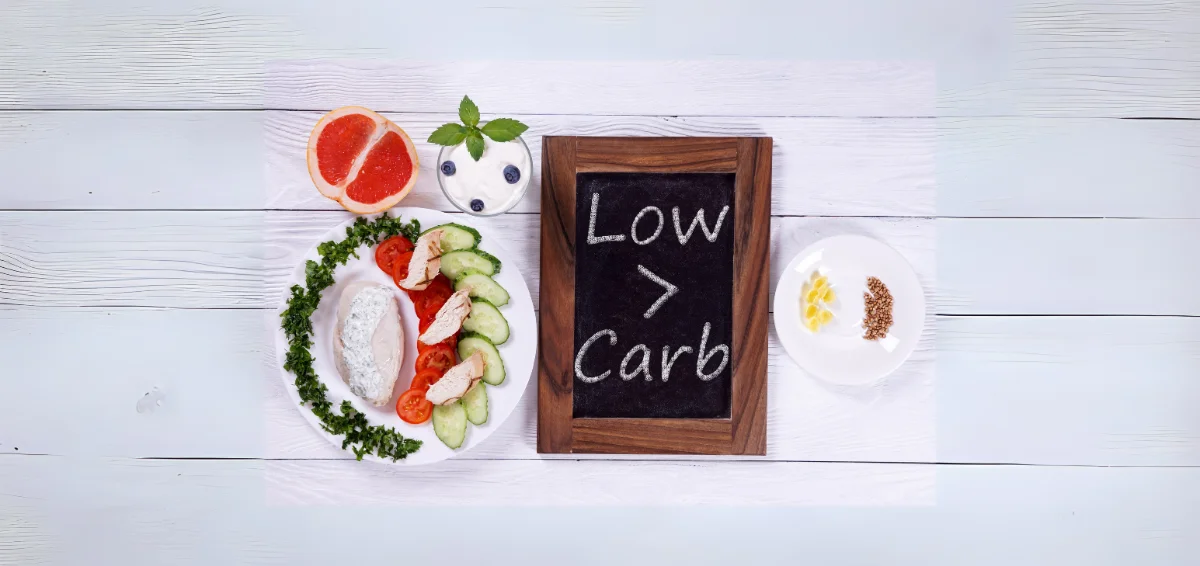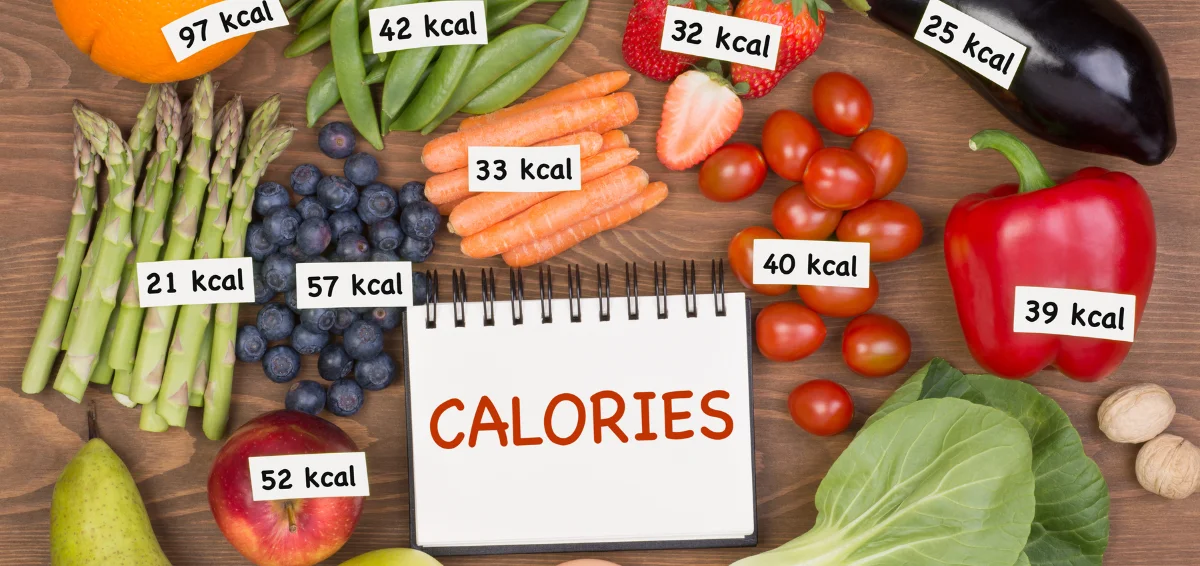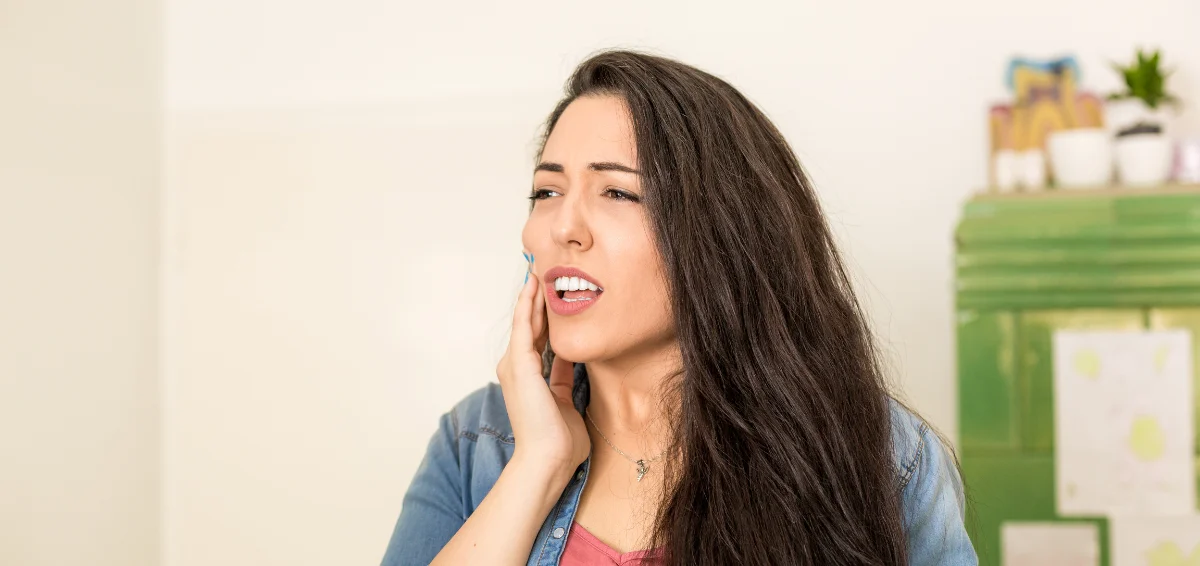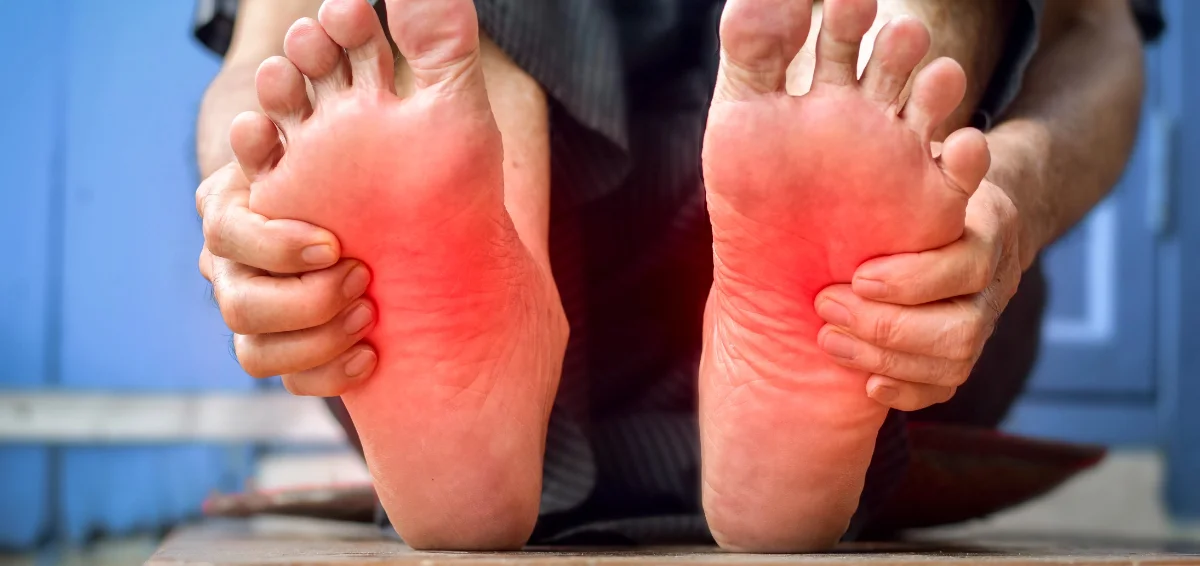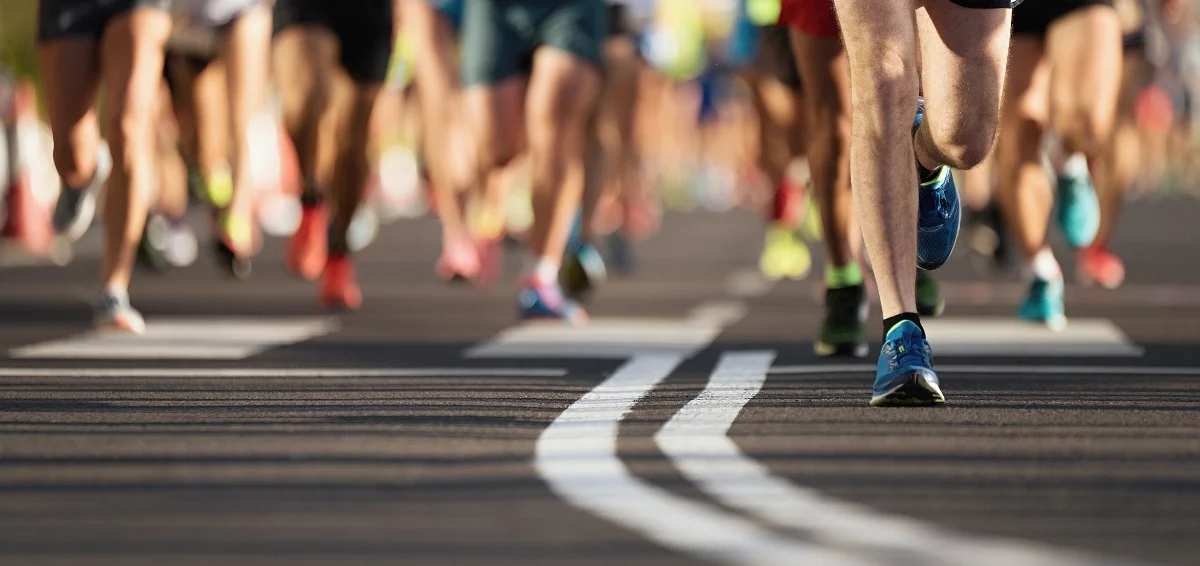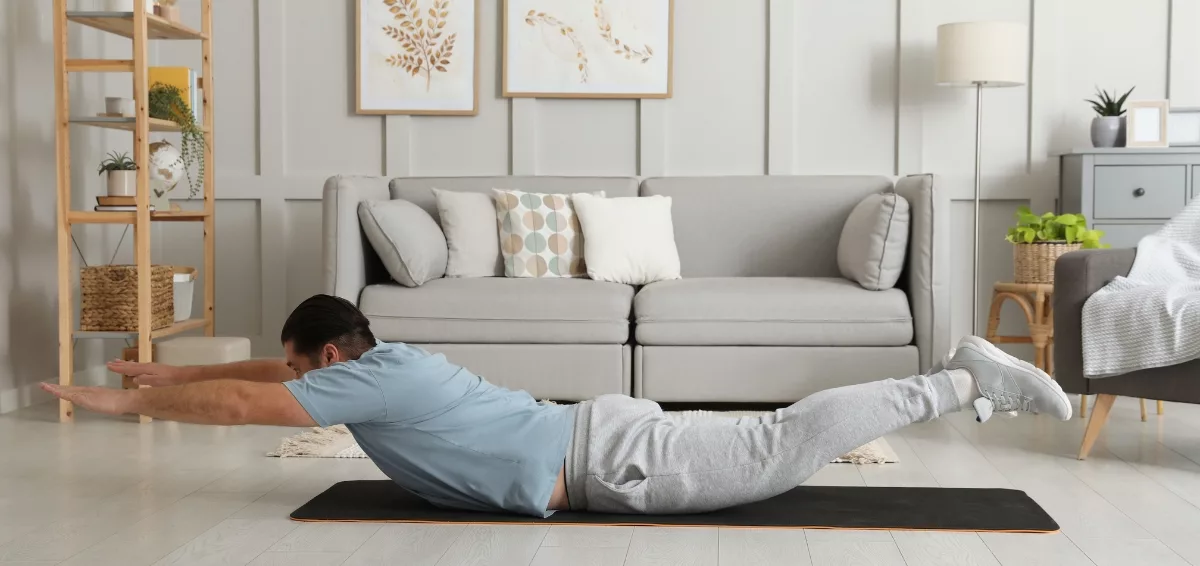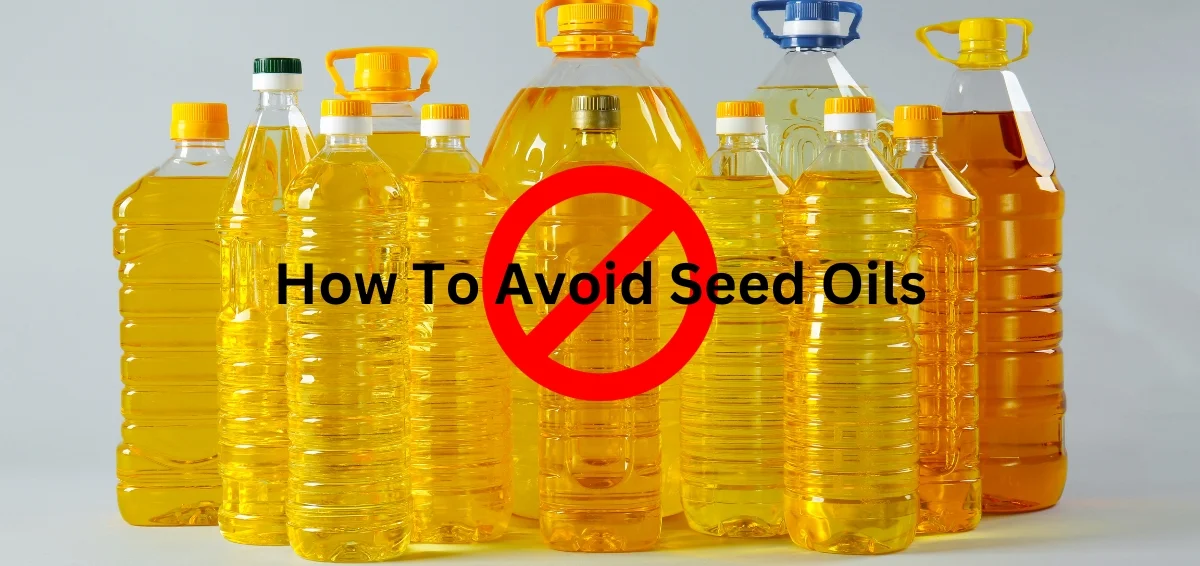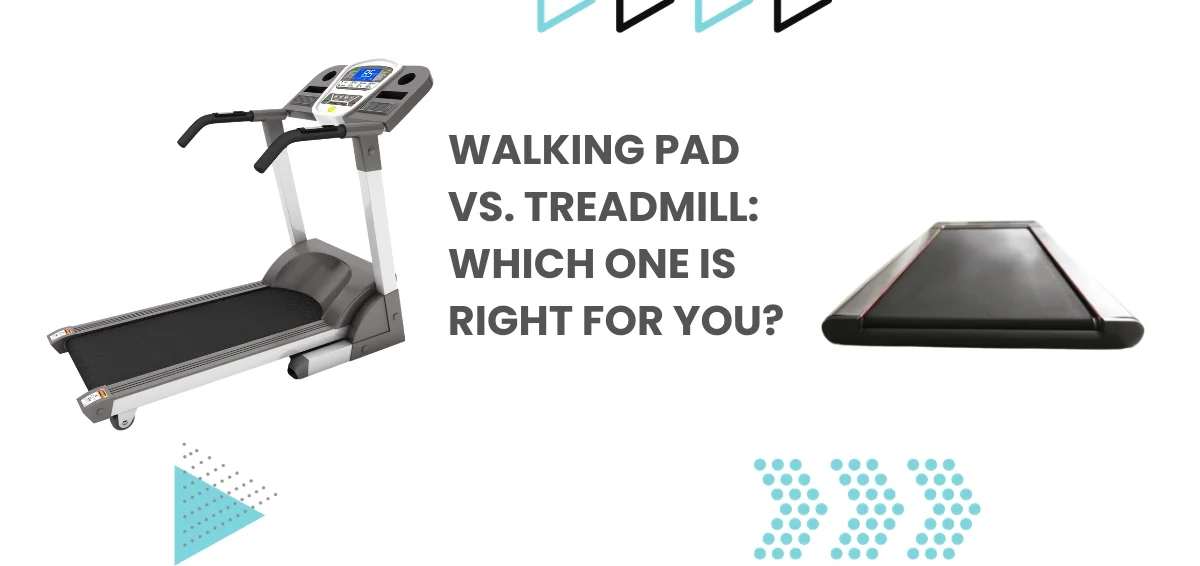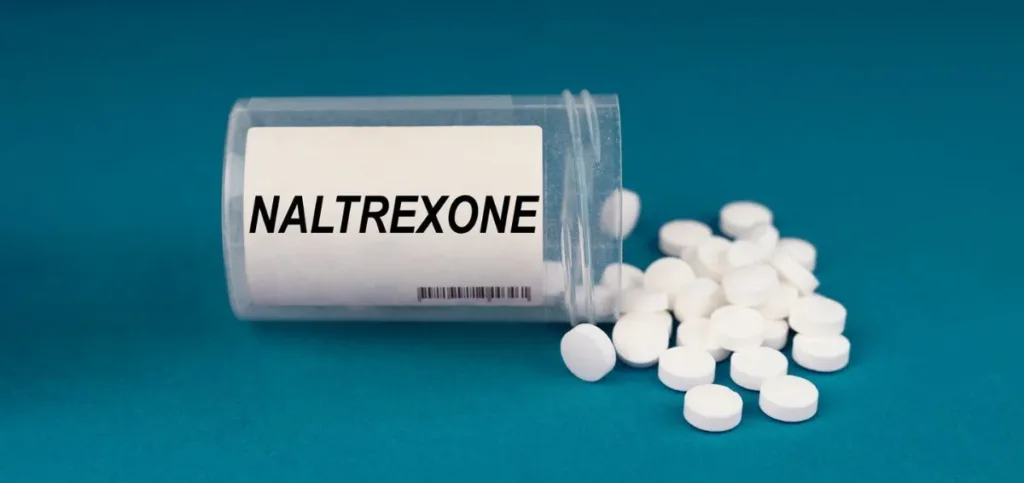
Naltrexone is a drug developed in the 1960s. It received the approval of the FDA in the 1980s. The primary use of naltrexone is to treat alcohol and chronic pain as a result of opioid addictions. The drug is fairly well tolerated by most individuals.
The most widespread use of low-dose naltrexone (LDN) is for the management of various chronic inflammatory conditions. These include fibromyalgia, multiple sclerosis, cancer, and Chron’s disease. It has also been shown to relieve neuropathic pain.
However, the drug can also interact with other medications and, if used improperly, can cause negative effects. Do not take opioids, including heroin or other prescription opiates, while using naltrexone. Alcohol and herbal supplements should be avoided, too. Keep reading to learn more about low-dose naltrexone and what to avoid while taking it.
Also Read: What Foods to Avoid if Alkaline Phosphatase Are High?
What is Low-Dose Naltrexone?
Naltrexone is a semisynthetic opioid antagonist. In low doses, the drug is recommended for off-label use to treat conditions such as immune system dysfunction and for reducing inflammation. LDN is used to manage opioid use and alcohol use disorder in conjunction with prescribed behavior changes. The drug blocks the sedative and euphoric (feeling of being ‘high’) effects of the abused drug.
LDN is available in various forms. These include oral and sublingual tablets, topical creams, and injectable solutions under the names Revia and Vivitrol. Remember that LDN cannot replace counselling sessions, which are a crucial part of overcoming addiction. Low dosages of naltrexone are daily dosages that are almost 1/10th of the usual opioid treatment dosage. In published studies, the daily dosage is 4.5 mg. However, this dosage can vary by a few milligrams above or below the level.
Note that LDN is also recommended for off-label use. However, the FDA has not approved the usage of LDN in this manner. So, if you have plans to use LDN this way, it is important to consult with your healthcare professional.
Why is Naltrexone Recommended in Low Dosage Only?
It is surprising that a drug is used in low and not in full doses to treat pain and addiction conditions. However, successful treatment of these disorders has been shown to take place only with the administration of naltrexone in low dosage. The argument behind it is that high dosages of the drug can completely block endogenous opioid systems. This is not beneficial for someone with chronic pain. Low-dose naltrexone impacts the physiological system differently than in high dosage.
What Should You Avoid When Taking Low-Dose Naltrexone?
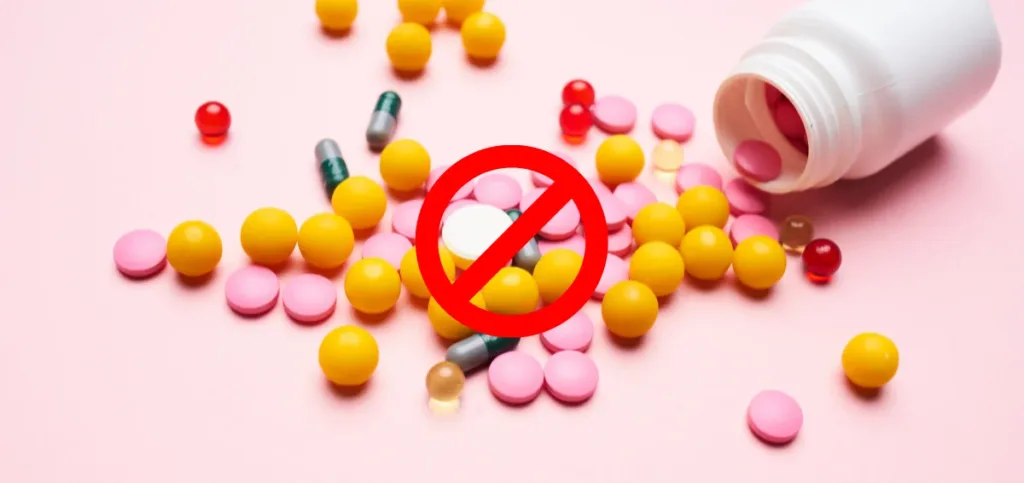
If you are taking LDN, it is critical to heed various precautions. Here are the things to avoid when taking low-dose naltrexone.
Pain-relieving Drugs with Opioid
LDN blocks opioid receptors. It can precipitate opioid withdrawal. So, it is crucial to not take any opioid pain-relieving drug with LDN. As such, treatment with LDN isn’t recommended if you are addicted to opioids or are withdrawing from opioids. If you experiencing opioid withdrawal symptoms, then also taking LDN isn’t recommended.
Those who have a positive urine screen for opioids or a failed naloxone challenge should also avoid taking LDN. It is critical to communicate your recent use of opioids or history of dependence on them to your doctor before beginning LDN treatment.
Alcohol
Taking low-dose naltrexone with alcohol reduces the efficacy of the drug. Additionally, it can cause patients to experience side effects like sleeplessness, anxiety, hot or cold flashes, nausea, and diarrhea. Some people also experience sweating, stomach pain, flu-like symptoms, and muscle aches and twitches.
LDN blocks the ‘high’ feeling associated with alcohol. Thus, it hinders you from adequately gauging the level of intoxication. At the same time, LDN will not block the impairment you might have after alcohol consumption, such as poor judgment or reduced coordination. It will also make performing other activities, like driving, dangerous.
Other Common Medications Containing Opioid
Certain cough medications contain opioids. These prescription-only medications include hydrocodone and promethazine. Taking LDN with these drugs causes uncomfortable withdrawal symptoms because naltrexone blocks the effects of the opioids in the drugs.
Similarly, some prescription-only antidiarrheal medications also contain opioids. These include opium tincture and diphenoxylate. Taking them with LDN causes withdrawal symptoms.
Another medication to avoid with low-dose naltrexone is disulfiram. The drug is used to treat alcohol use disorder. This is recommended only for patients practising complete abstinence.
It is also important to avoid using over-the-counter drugs like aspirin and ibuprofen. They can negatively interact with LDN.
Herbal Supplements
Many people continue using herbal supplements, thinking that they are natural and safe. However, it is important to provide a list of all such supplements to your healthcare provider before taking LDN. Some herbs may negatively interact with LDN. This is especially true for herbs containing opioid-like compounds.
Natural supplements can also interact with certain bodily enzymes that digest naltrexone. Some examples include Ginkgo biloba and Echinacea. Studies are still being conducted to determine the full impact of these herbs on LDN. However, it is best to be on the safe side by telling your doctor about them in advance.
Missing or Overdosing on Naltrexone
While taking LDN, it is important to stick to the prescribed dosage. If you miss a dose, your tolerance for opioids will decrease. So, if you happen to forget to take LDN, take it as soon as you remember. However, do it within six hours of your next dose. Do not double-up the dose.
Missing LDN will increase the negative consequences of previous opioid dosages. Also, it increases the chances of overdosing. Overdosing on LDN can cause severe liver injury. If you overdose and experience stomach pain, dark urine, or white stools, consult with your doctor immediately.
Also Read: How Long Does it Take for Boric Acid to Dissolve?
How to Get the Most out of Low-Dose Naltrexone Treatment?
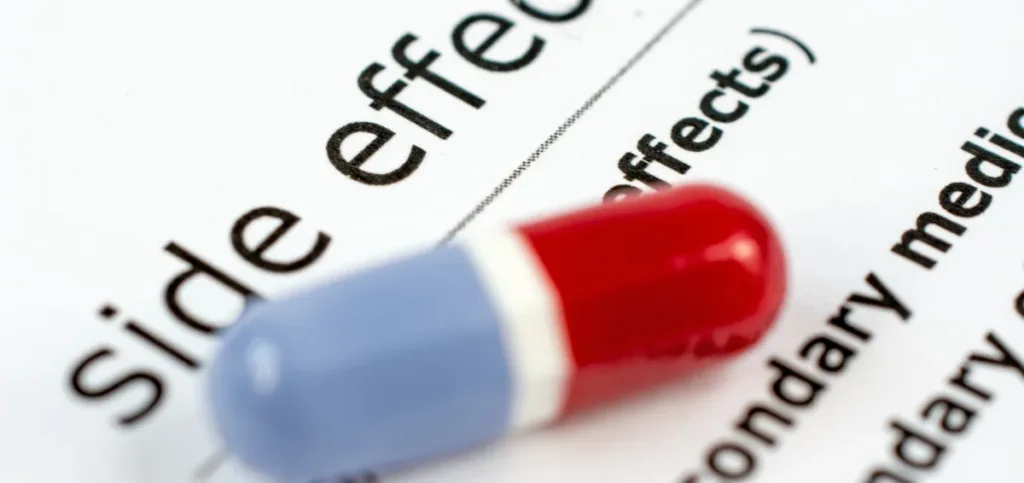
LDN has been proven to be effective against chronic pain and autoimmune disorders. It is important to follow your doctor’s guidelines while taking the drug. Generally, the following tips will help increase the treatment’s efficacy.
- Stick to the prescribed dosage. It will reduce the likelihood of potential side effects.
- Do not mix medications. If you do plan to do so, consult first with your healthcare professional. It will ensure that you don’t experience adverse side effects from drug interaction.
- Be alert to the change in symptoms. If you notice any unexpected symptoms, communicate them to your doctor.
- Tell your doctor about whether you suffer from any allergic reaction. It’s best not to risk developing any serious conditions due to them.
Summing Up
Low-dose naltrexone is regarded as a promising treatment for a range of conditions. However, it is important to take certain precautions to get the drug’s benefits. Communicating with your doctor about your health history and being aware of potential risks and side effects will help you to get on track to better health.

